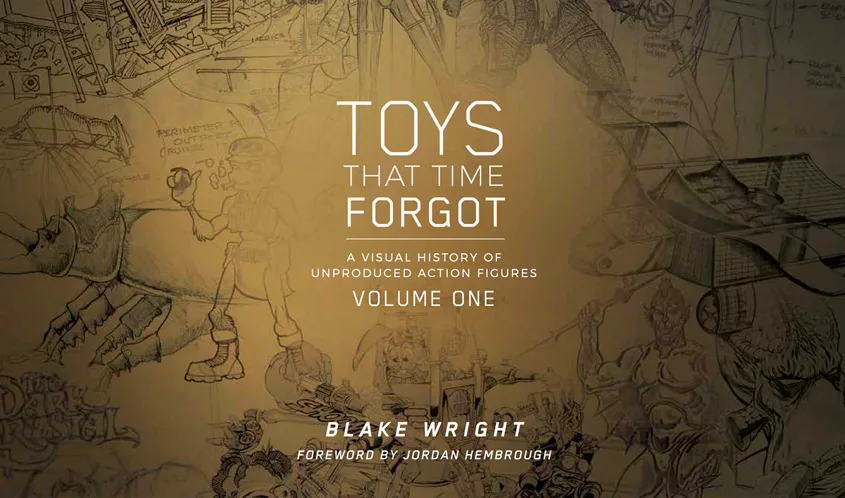Blake Wright explores unproduced action figures in a series of art books.
In an alternate universe, the hottest toys of 1984 could have been figures based on The Last Starfighter. Or kids in the late ‘80s could have played with Hasbro’s Inhumanoids figures for two more years. And Potterheads everywhere could have gotten their hands on Popco playsets inspired by the first three movies.
But in this reality, none of those toy lines came to be. Whether a brand’s popularity wanes, the company set to produce the figures goes out of business, or the show or movie that the toys are based on gets canceled, some fully planned figures and product lines never make it to production.
These lines — and many others like them that didn’t end up on store shelves — are finally getting their moment to shine in a series of art books from writer Blake Wright. He launched the first book, called Toys That Time Forgot, on Kickstarter back in 2016. Now, he’s about to ship the second volume.
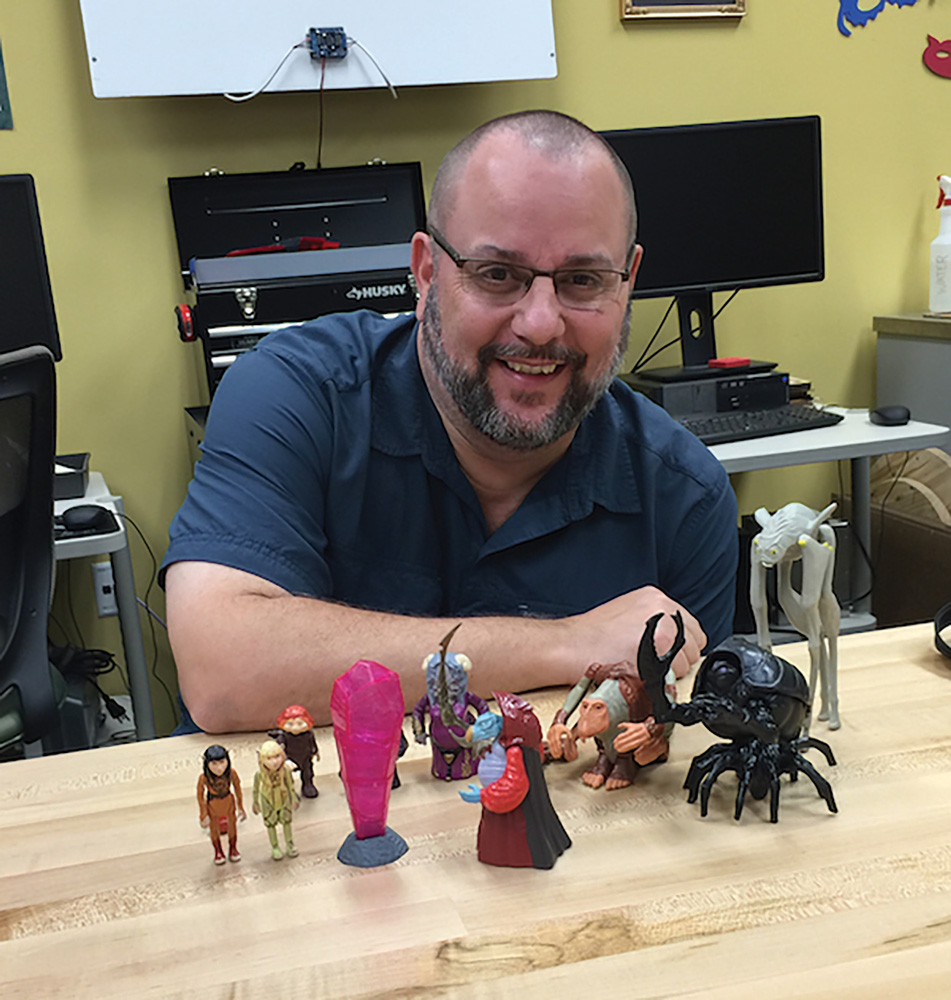
“At the heart of it, it’s me wanting to expose this lost art both for the people who did it and for the people who never saw it,” Wright says. “Because there was a ton of work put into these lines, and a lot of it just goes away, goes by the wayside. You never see it, you never hear about it. … To me, it was a crime.”
The idea for these books spun from a different passion project that Wright launched in 2014: a quarterly digital toy magazine called Little Plastic Men. He came to it with two decades of journalism experience, but his only previous connection to the toy industry was as a collector and fan.
Although his magazine was “editorially successful,” Wright decided to fold Little Plastic Men after a year because it wasn’t financially successful.
However, after he announced his plans to cease production, many of the magazine’s fans reached out to express their disappointment. So, he decided to produce one more issue as a farewell of sorts. It would focus on the most popular column in the magazine, “Prototypically Unproductive,” which covered unproduced toys.
But when Wright started digging around for more unproduced toy content, he was surprised by how much he found.
“It became evident that this deserved to be more than a PDF on the internet,” he says. “It deserved to be a book: a properly done, art-style book.”
At his wife’s urging, Wright took his idea and 20 dummy pages along to Toy Fair New York in 2015 for feedback.
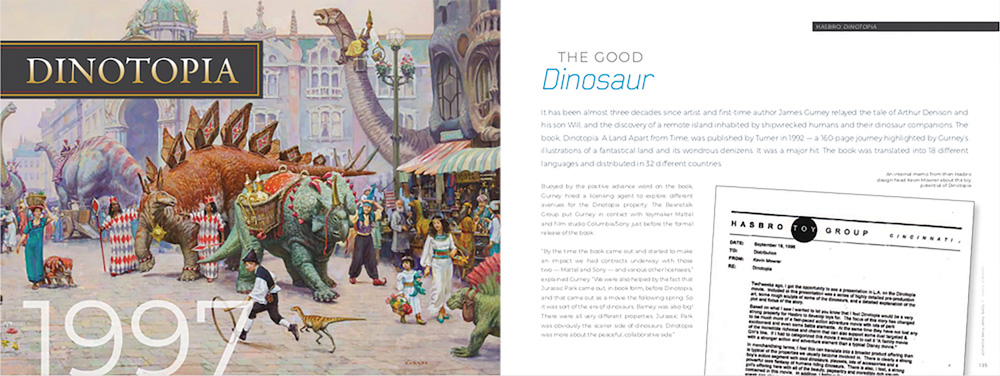
“I went around to all of my contacts and basically handed them this iPad and said, ‘Talk me out of doing this.’ And no-body did,” he says. “A handful of them really wanted to know how they could help. … So I came back to Texas and told my wife, ‘Hey, it looks like I’m writing a book.’”
Then came the challenge of actually producing Toys That Time Forgot and finding content to fill its pages, a process that took Wright about 18 months. At first, he was worried about how people would react to him asking — for all intents and purposes — about their failures. While he did get his share of hang-ups and ignored calls, he found that many people were willing to open up.
He found most of his content for the first volume by searching on LinkedIn and YouTube, then emailing and calling any potential sources. He also traveled extensively during the research process, visiting his sources’ homes so they would feel more comfortable and more willing to share.
“It became kind of detective work really. I actually really enjoyed that part of it. … Because no one knew me from Adam. I was totally coming into the toy industry. I was a relative newcomer. It was very intimidating and equal parts nerve-wracking. But at the end of the day, I was happy to get it done.”
He divided the book into three sections (the ‘80s, ‘90s, and ‘00s), got Toy Hunter Jordan Hembrough to write a forward, and added a short glossary in the back to make the content accessible to a wider audience. That’s when he put the project on Kickstarter, hoping he would get enough funding to print and ship books to those who backed the project. Ultimately, the project was successful — raising $37,052 of its $30,000 goal — and the book was well-received.
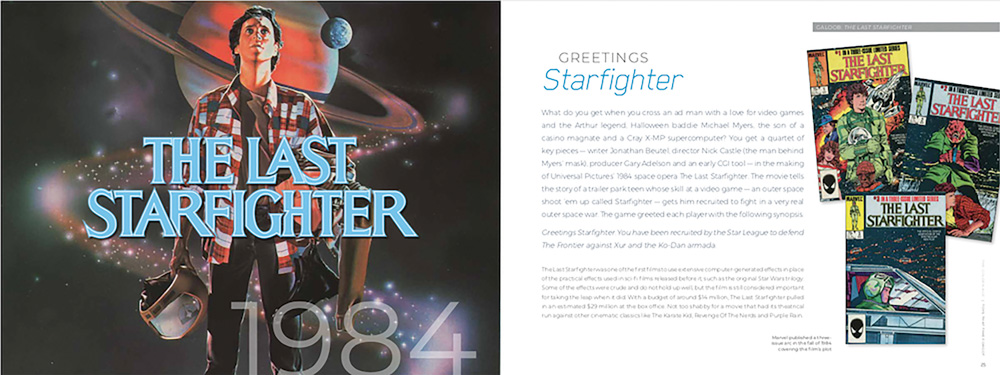
This warm reception, and the influx of leads that came with it, led Wright to begin work on a second volume. He had so many people reaching out to him with unproduced toy information that he had to pare down volume two to keep it within his desired page count. Information came in from the sculpting houses that worked for these lines, ex-executives, and the collector community, he says.
“The content in volume two — and the breadth of content — would not have been possible without the collector base,” he says. “They really stepped up, and it was very humbling. I was delighted that they entrusted me with so much of what historically would have been kept private.”
Wright returned to Kickstarter for the second book and found even more success, raising $40,227 of his $30,000 goal. The project closed in March, and the books are scheduled to ship to backers this month. This installment is dedicated, “For Toy Lovers Everywhere.”
For both volumes of Toys That Time Forgot, Wright primarily sold copies of the books through his Kickstarter campaigns. At this point, he hasn’t been offered a publishing deal that he has wanted to take. However, he has considered launching a Kickstarter campaign to reprint the first volume.
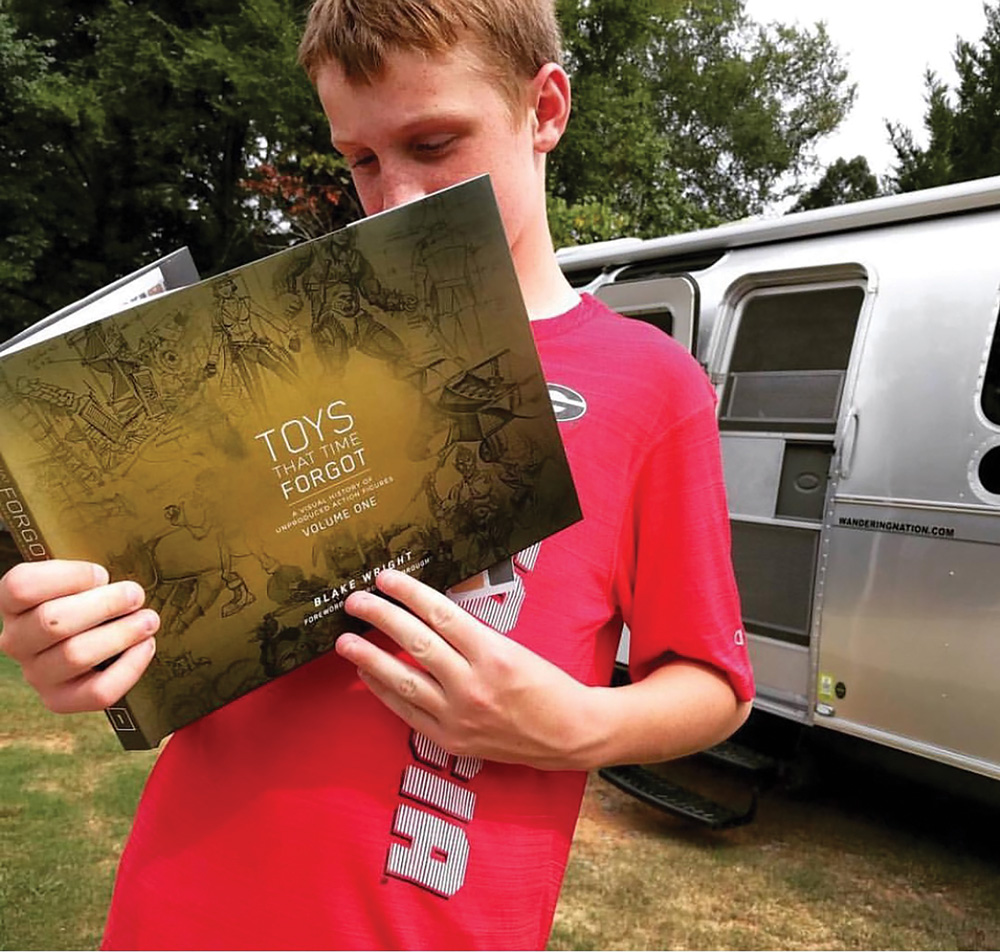
In terms of the future, Wright has confirmed his plans to produce a third volume in the series, which he already has most of the content for and plans to launch in 2021. After that, he’s not sure. Once he completes a trilogy, he plans to “sit back” for a bit.
“The joke is, I could write 10 of these books, easy,” he says. “There’s just so much material out there. … If they continue to gain momentum and each outdoes the one before it, I guess I would be pretty hard-pressed to stop.”
In August, Blake was added to the Pop Culture Hall of Fame for his work in creating the series and immortalizing these toy lines. But regardless of the books’ success, Blake says he has enjoyed the process more than anything.
“If, for whatever reason, I would have not been able to produce this book and get it out there, I wouldn’t have taken back a minute of the two years I spent on it because it was just a joy,” he says.
This article originally appeared in the December/January 2020 issue of the Toy Book.

